Regulatory Frameworks
Regulatory frameworks are increasingly influencing the Green Packaging Market. Governments worldwide are implementing stringent regulations aimed at reducing plastic waste and promoting sustainable packaging practices. These regulations often mandate the use of recyclable or biodegradable materials, compelling companies to adapt their packaging strategies accordingly. For example, several regions have introduced bans on single-use plastics, which has led to a surge in demand for alternative packaging solutions. The compliance with these regulations not only helps in mitigating environmental impact but also enhances brand reputation. As a result, the Green Packaging Market is likely to see accelerated growth as businesses align their practices with evolving regulatory standards.
Sustainability Initiatives
The increasing emphasis on sustainability initiatives is a primary driver for the Green Packaging Market. Companies are increasingly adopting eco-friendly practices to align with consumer expectations and regulatory requirements. This shift is evident as businesses strive to reduce their carbon footprint and enhance their brand image. According to recent data, the sustainable packaging segment is projected to grow at a compound annual growth rate of over 7% through the next few years. This growth reflects a broader trend where organizations are integrating sustainability into their core strategies, thereby driving demand for green packaging solutions. As a result, the Green Packaging Market is witnessing a surge in innovative materials and designs that prioritize environmental responsibility.
Technological Advancements
Technological advancements play a crucial role in shaping the Green Packaging Market. Innovations in materials science have led to the development of biodegradable and compostable packaging solutions that meet consumer needs while minimizing environmental impact. For instance, advancements in polymer technology have enabled the creation of plant-based plastics that are both functional and sustainable. The market for these materials is expected to expand significantly, with projections indicating a potential increase in market share for biodegradable packaging options. Furthermore, automation and smart packaging technologies are enhancing efficiency in production processes, thereby reducing waste. These technological developments are likely to propel the Green Packaging Market forward, as companies seek to leverage new capabilities to meet sustainability goals.
Consumer Awareness and Preferences
Consumer awareness and preferences are pivotal drivers of the Green Packaging Market. As individuals become more informed about environmental issues, their purchasing decisions increasingly reflect a preference for sustainable products. Surveys indicate that a significant percentage of consumers are willing to pay a premium for products packaged in eco-friendly materials. This shift in consumer behavior is compelling manufacturers to adopt greener packaging solutions to remain competitive. The rise in demand for transparency regarding sourcing and production practices further underscores the importance of sustainable packaging. Consequently, the Green Packaging Market is experiencing a transformation, with brands prioritizing eco-conscious packaging to attract and retain environmentally aware consumers.
Corporate Social Responsibility (CSR)
Corporate Social Responsibility (CSR) initiatives are becoming increasingly integral to the Green Packaging Market. Companies are recognizing the importance of adopting sustainable practices as part of their CSR strategies. This trend is driven by the need to enhance corporate image and meet stakeholder expectations. Many organizations are now committing to sustainability goals that include reducing packaging waste and utilizing renewable materials. Reports suggest that companies with robust CSR programs are more likely to attract environmentally conscious consumers, thereby boosting their market share. As CSR continues to gain traction, the Green Packaging Market is expected to benefit from increased investment in sustainable packaging solutions, fostering innovation and growth.
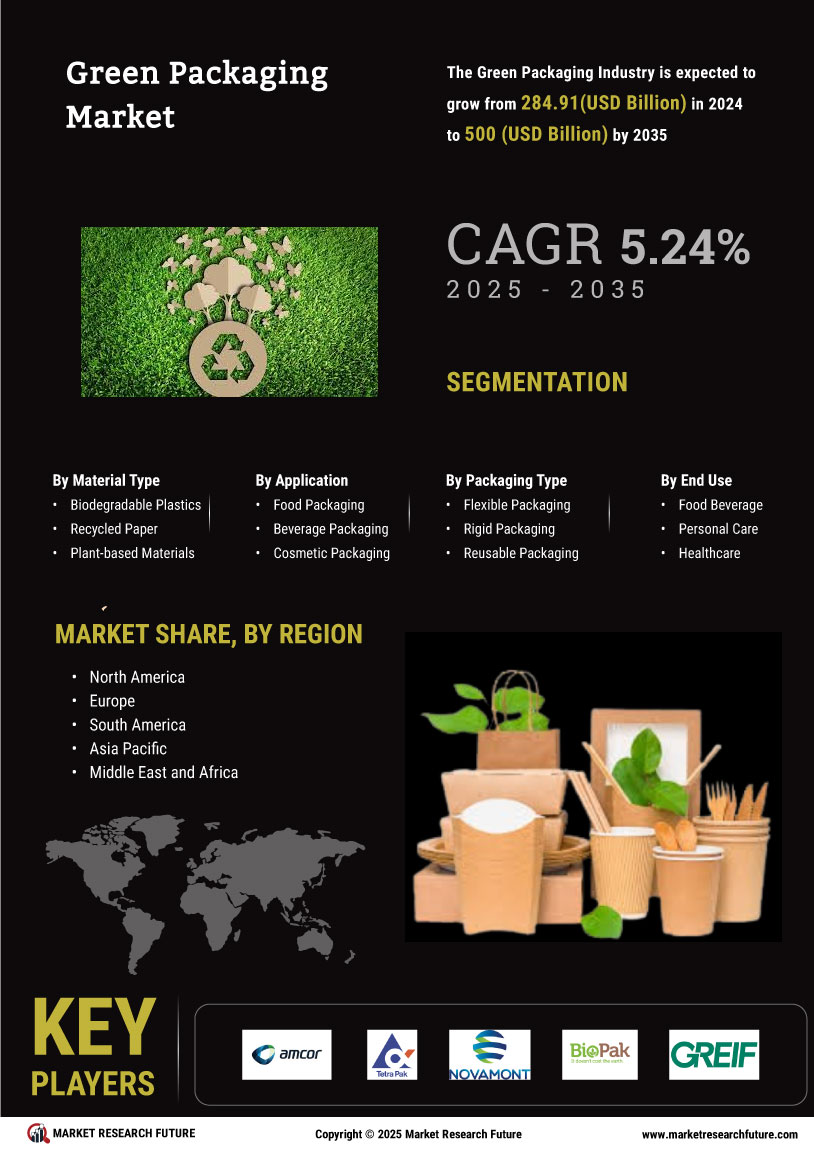


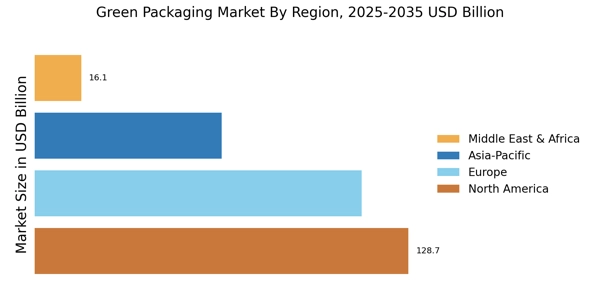

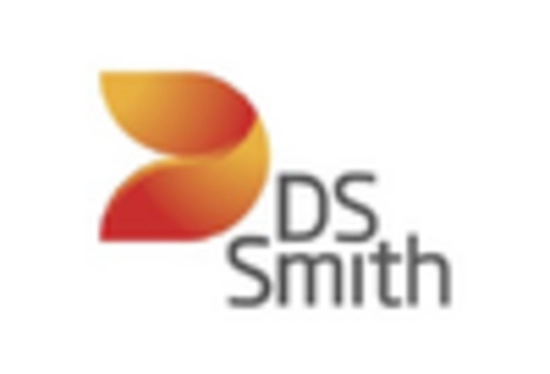

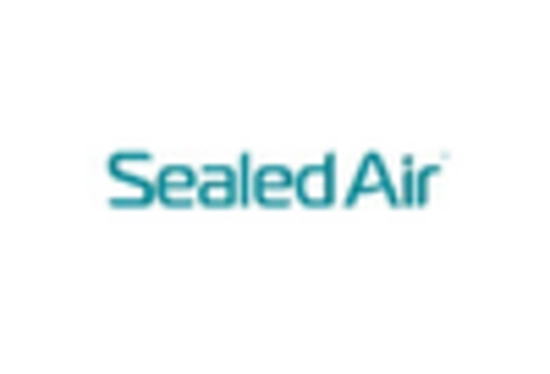

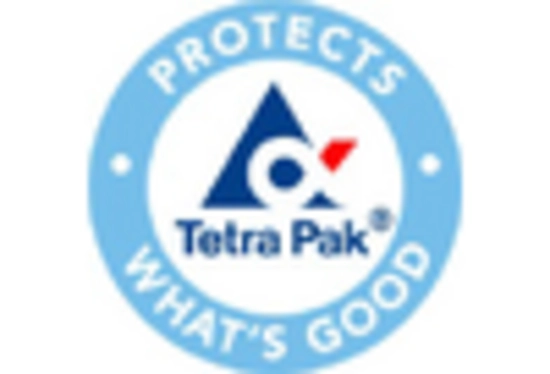








Leave a Comment